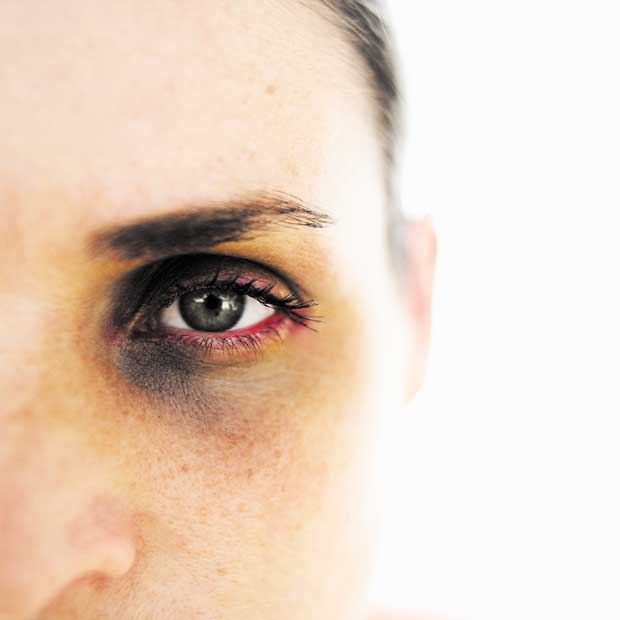
Michelle May O’Neil | Special Contributor
editor@dallasvoice.com
We don’t generally think of domestic violence in same-sex relationships. Society views the stereotypic domestic violence victim as a passive, small woman being assaulted by a large overbearing man.
But domestic violence occurs in same-sex relationships, too, and LGBT domestic abuse victims are generally more isolated than victims in other walks of life.
What does LGBT domestic abuse look like?
As with heterosexual relationships, a gay couple may start their relationship happy and loving, but over time one partner may become emotionally manipulative. And that leads to physical aggression.
Behaviors like wrist-twisting while holding hands, pinching an arm during a fight, or hitting are all forms of domestic violence.
One victim asked, “How do you say to your friends, ‘My girlfriend rapes me,’ when their only mental definition of rape is a man forcing his penis inside a woman’s vagina? How do you say you were assaulted when it comes back to the idea of ‘That doesn’t count’? Well, it does count.”
A 2010 study from the Centers for Disease Control and Prevention, released again in 2013 with new analysis, discovered that the lifetime prevalence of rape, physical violence and/or stalking by an intimate partner was 43.8 percent for lesbians and 61.1 percent for bisexual women.
For gay men, the statistics showed 26 percent for gay men and 37.3 percent for bisexual men.
In the same study, the CDC determined that lesbians and gay men experience rates of domestic violence and sexual violence equal to or higher than those in heterosexual relationships.
Hurdles to getting help
The abuse is hard to spot, says May Krukiel, director of residential services for domestic violence shelter Hope’s Door in New York, because with same-sex couples, the partners frequently have the same social network, which can lead to the abuser alienating the victim from the social supports. A gay person may also feel isolation and vulnerability from social support and from mainstream society in general, making it hard for them to seek help.
Also, Krukiel says, many gay and lesbian people feel pressure to have their relationships appear perfect to avoid criticism from outside the community.
Coming out is also a key issue.
“How do you tell anyone you are living in fear from your partner if no one knows you’re gay?” said Jo Harvey Barringer, CEO of Broken Rainbow, a former national LGBT domestic abuse charity that closed recently due to lack of funding.
“About 85 percent of callers to our [domestic abuse] helpline have a partner that will use the threat of outing them to colleagues, family or kids as a form of control,” Barringer said. And, to make it more difficult, the victim must also come out to be able to seek services in the mainstream.
One area of domestic abuse unique to the LGBT community is the trend of gay male partners threatening to reveal their partner’s HIV status or withhold HIV medication, or a transgender person’s partner threatening to withhold hormone treatment.
What can we do to help LGBT domestic abuse victims?
Local police departments need to be trained to handle reports of domestic violence involving same-sex couples, because police are often the first responders that victims meet.
Also, domestic violence awareness campaigns and service providers could expand their reach to be more inclusive of victims that do not match the stereotype by refocusing educational and outreach campaigns away from linking masculinity with violence and acknowledging that violence crosses all gender, sexual orientation and economic lines.
For more information, consider reading Marissa Higgins’ article in the Washington Post, “Why is it so hard to recognize domestic abuse in same-sex relationships?”,
Patrick Strudwick’s BuzzFeed News article, “This is what domestic violence is like when you’re LGBT,” JD Glass’s article on Advocate.com, “2 studies that prove domestic violence is an LGBT issue,” and Maya Shwayder’s article on TheAtlantic.com, “A same-sex domestic violence epidemic is silent.”
Michelle May O’Neil is senior partner/owner at O’Neil Wysocki — Family Law, specializing in family law issues for LGBT families.
This article appeared in the Dallas Voice print edition July 29, 2016.
Recognizing the reality of LGBT domestic abuse
















